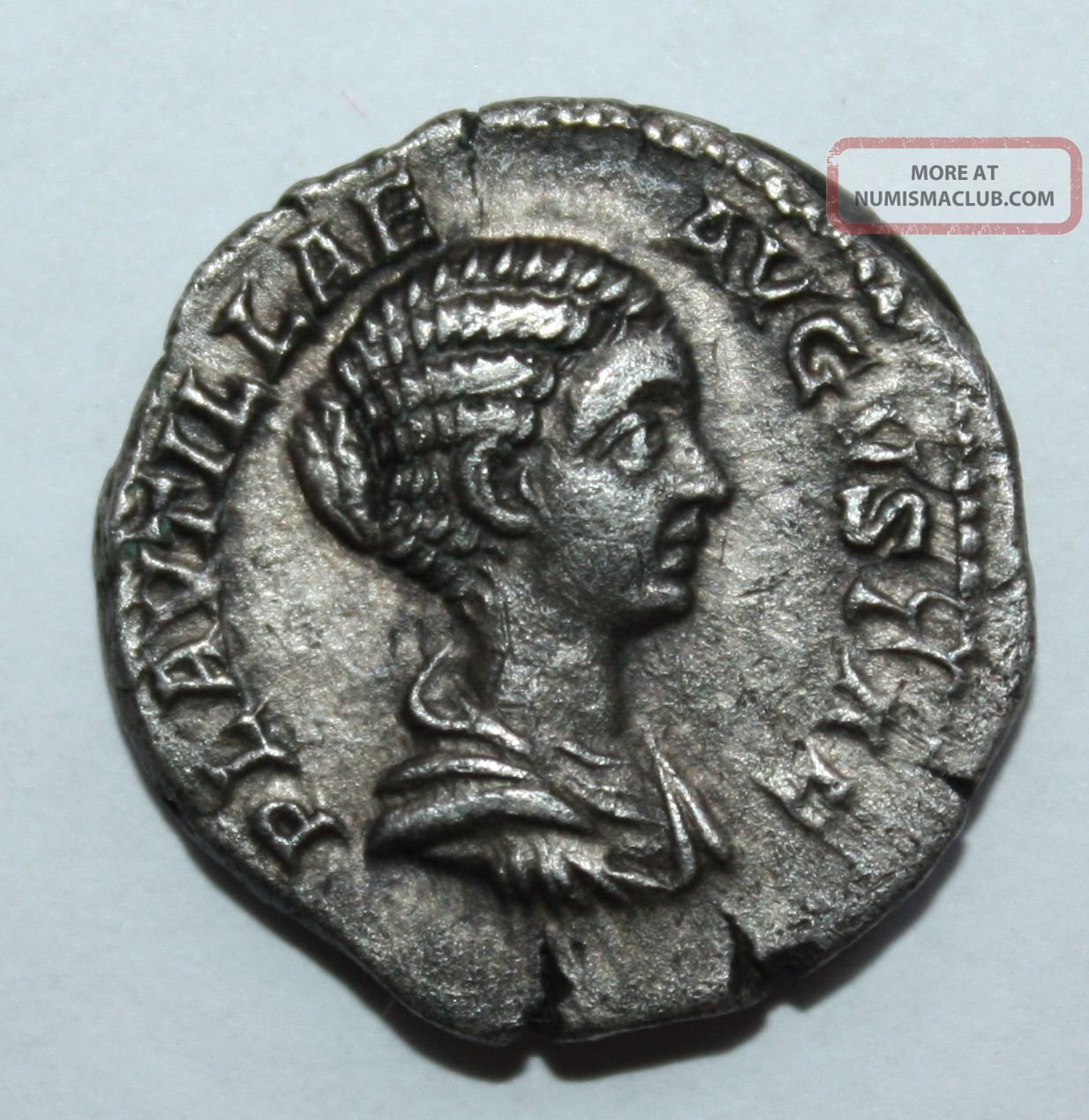
The mint disc could be slipped in between them, clamped tightly shut, and pounded from above. Romans came up with an ingenious system for doing this, by using a hinged die that had one image attached to the top, and another to the bottom (like the inside pages of a book cover). Much like today, Roman coins had different images on each side, meaning both had to be pressed onto the coins. The metal discs were heated to soften it beforehand. Dies, or heavy stamps made of bronze and iron, were engraved with the details of the coin face, and these had to be pounded onto the flat mint to leave an impression. In the next stage of the process these plain minted discs needed to be decorated, and it was this that gave them the real finishing touch.

Marking Roman Coins With Stamps or “Dies” Making Roman Coins, image courtesy of SEQAM Lab Hot Striking Metal The gold melting process, image courtesy of Business Insider
/ancient-roman-denarius-coins-96640487-5abd75c0c673350037537eef.jpg)
Sometimes these were then pounded flat on a metal anvil to make sure they were really nice and smooth, ready for the next stage of the process. The cold striking process involved striking coins out of a cold, unheated sheet of metal, to create round discs that were flat on both sides. When making their coins, Romans used two different processes on metal – cold striking and hot striking.Ĭold Striking Metal Roman coins in gold and silver, image courtesy of Historic UK The most popular and prevalent coin of the Roman Empire was the denarius, made from pressed silver it remained in circulation for an astonishing five centuries. Early Roman coins (from the 200s BCE) were made in bronze, but they later evolved to include silver, gold and copper in the coin-making process. They were made in a workshop space known as a mint, resembling a blacksmith’s shop. Romans made coins out of flat, round discs, or ‘mints’ of pressed metal, developing a technique now known as minting – in fact, we still use the term ‘minted’ to describe someone rich today! Nowadays the minting process is all done by machines in factories, but the Romans made their minted coins entirely by hand. Please note that Phoenix does not normally consider for publication articles of longer than 40 pages in manuscript, nor do we consider material that will be published or is under consideration for publication elsewhere.Making Roman Coins: The Minting Process Denarius Roman coin featuring Emperor Augustus, image courtesy of APMEX

The standard length of a Phoenix article is up to 10,000 words, including notes. Papers illustrated with black-and-white photographs, maps, and/or line-drawings are welcome. Authors should ensure that the argument of the paper is clearly expressed and its general significance made clear. The journal welcomes submissions that use new approaches to elucidate their chosen topic and wishes to encourage more submissions on broader themes, as well as those that treat a single question in a detailed manner. Articles should make a fresh, interesting, and significant contribution to our understanding of classical antiquity. Phoenix, journal of the Classical Association of Canada, publishes scholarly papers embodying original research in all areas of classical studies: the literature, language, history, philosophy, religion, mythology, science, archaeology, art, architecture, and culture of the Greek and Roman worlds from earliest times to about AD 600.


 0 kommentar(er)
0 kommentar(er)
